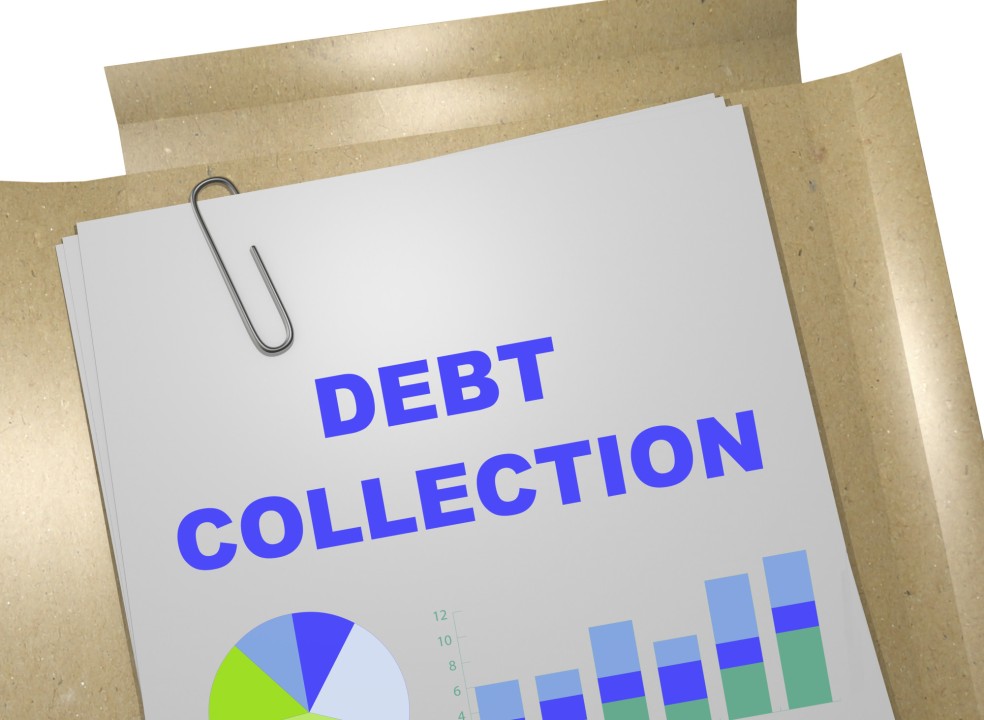In the dynamic landscape of business-to-business (B2B) transactions, debt collection is an inevitable aspect. However, it’s not merely about retrieving funds; it’s about preserving relationships and safeguarding future collaborations. Effective B2B debt collection involves a strategic approach encompassing negotiation, communication, and resolution. In this post, we’ll delve into the crucial steps involved in navigating the realm of B2B debt collection, from initial negotiation to successful resolution.
Step 1: Establish Communication Channels
The first step in B2B debt collection is to establish clear and open lines of communication with the debtor. This involves reaching out via multiple channels, including phone calls, emails, and written correspondence. Maintaining professionalism and empathy is key during this phase, as it sets the tone for future interactions.
Step 2: Understand the Root Cause
Before proceeding further, it’s imperative to understand the underlying reasons for non-payment. Is it a temporary cash flow issue, a dispute over goods or services, or a more systemic problem? By comprehending the root cause, you can tailor your approach accordingly, whether it involves renegotiating terms, resolving disputes, or offering alternative payment solutions.
Step 3: Negotiate Amicably
Effective negotiation is at the heart of successful debt collection. Approach negotiations with a collaborative mindset, seeking mutually beneficial solutions. Be prepared to listen to the debtor’s concerns and explore flexible payment arrangements that accommodate their circumstances while ensuring your interests are protected. It’s crucial to strike a balance between assertiveness and flexibility during negotiations.
Step 4: Document Agreements
Once a resolution is reached, document the terms of the agreement in writing. This should include details such as the payment schedule, interest rates (if applicable), and any concessions or compromises made by both parties. Having a written agreement not only provides clarity but also serves as a legal safeguard in case of any future disputes.
Step 5: Monitor Progress
After reaching an agreement, it’s essential to monitor the debtor’s progress in adhering to the payment plan. Stay proactive by sending regular reminders and follow-ups as needed. If there are any deviations or delays, address them promptly and work towards finding a solution that keeps the process on track.
Step 6: Escalate if Necessary
In cases where the debtor fails to honor the agreement despite repeated efforts, it may be necessary to escalate the matter further. This could involve engaging a third-party debt collection agency or seeking legal recourse through litigation. While escalation should be considered a last resort, it’s sometimes necessary to protect your interests and uphold the integrity of the agreement.
Step 7: Preserve Relationships
Throughout the debt collection process, it’s essential to prioritize relationship preservation. Even in challenging situations, maintaining professionalism, respect, and empathy can go a long way towards preserving goodwill and fostering future collaborations. Endeavor to part ways amicably, even if the resolution isn’t entirely satisfactory to all parties involved.
Conclusion:
Navigating B2B debt collection requires a delicate balance of assertiveness, empathy, and negotiation skills. By establishing clear communication channels, understanding the root cause, negotiating amicably, documenting agreements, monitoring progress, and escalating when necessary, businesses can effectively manage debt collection while safeguarding relationships and fostering future partnerships. Ultimately, a strategic and empathetic approach is key to achieving successful resolutions in B2B debt collection endeavors.




